The Conservation team met as usual on the first Tuesday of the month which also happened to be the first day of July and one of the hottest!
The group once again welcomed volunteer helpers from the Newbury Building Society which not only helped swell their numbers but also resulted in the tasks being completed quicker than usual, which was a welcome on such a hot morning.
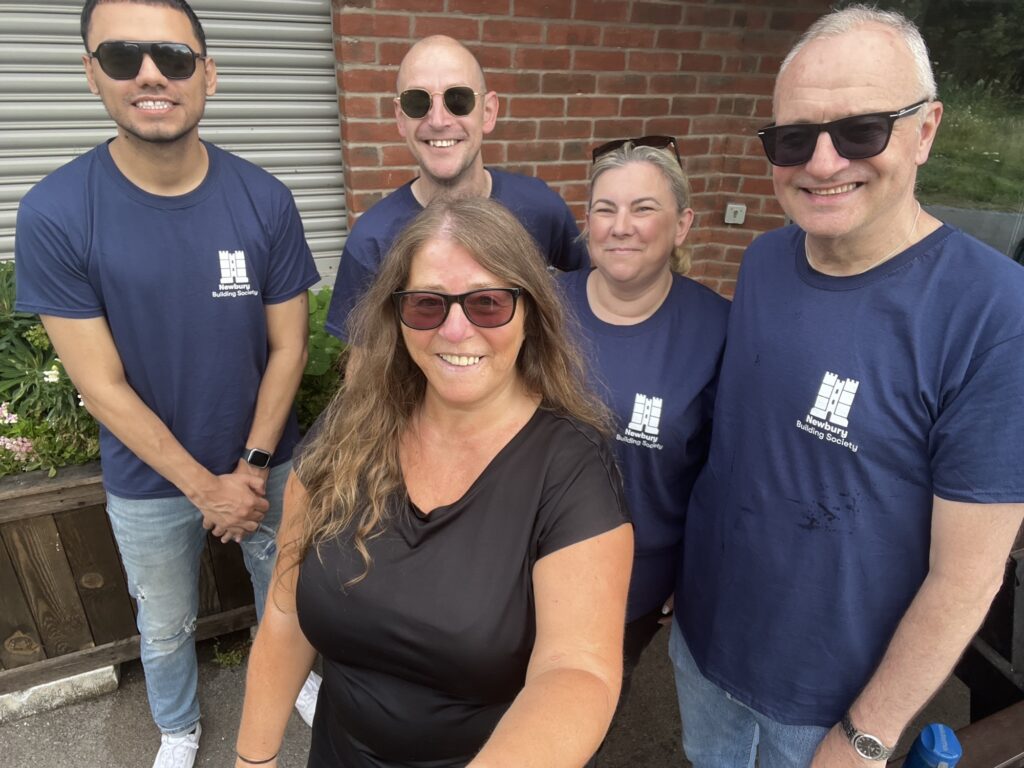
The larger than normal team, ably organised and managed by Ildi, then split into three teams to carry out the tasks assigned to them.
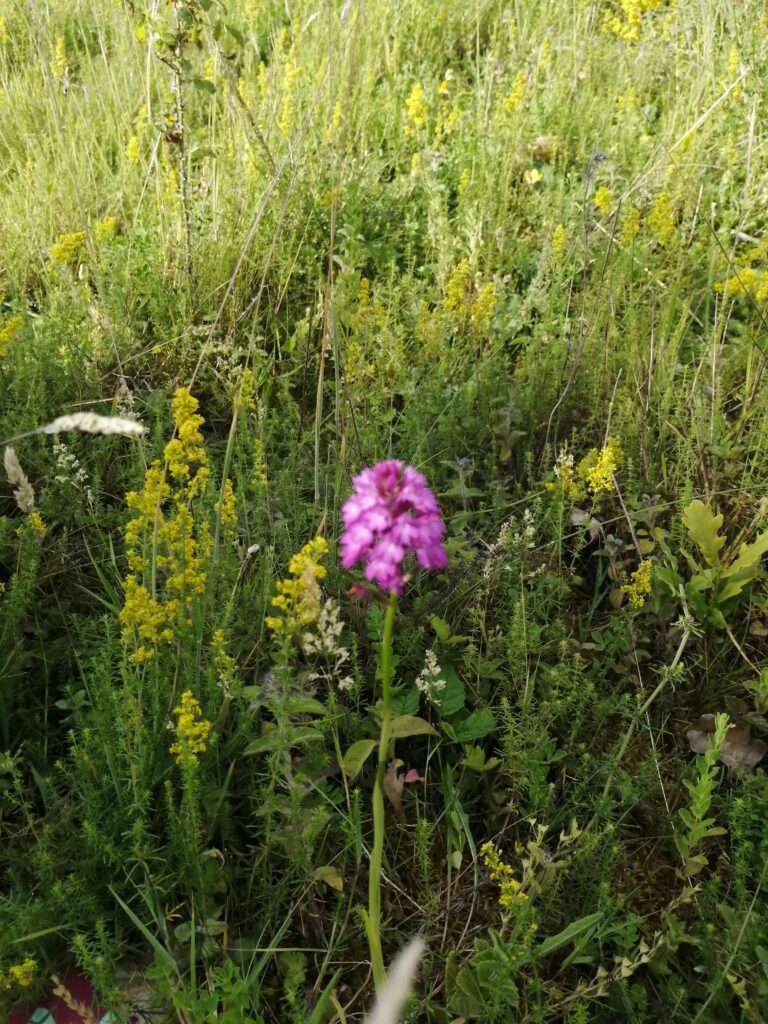
The Rangers had asked the group to look out for Violet Helleborine, which is a woodland orchid which grows in shaded areas and flowers from mid July and mid September, so the first team, led by Mary, walked the park perimeter looking out for them while at the same time checking for any fly tipping and collecting litter. Although they did not find this particular plant they were delighted to find a lovely Pyramidal Orchid.
The Violet Helleborine is very localised and uncommon, being confined to the southern half of England, where it grows in woodlands with beech, hazel, hornbeam and oak. Violet Helleborine is also found in hedgerows and gardens, tucked away in very dark places where its showy flowers create quite an impression. Flowering between mid July and mid September, this is one of our latest flowering orchids. Epipactis purpurata has declined considerably in recent years, as our ancient woodlands have been destroyed to plant fast-growing conifer cash-crops.
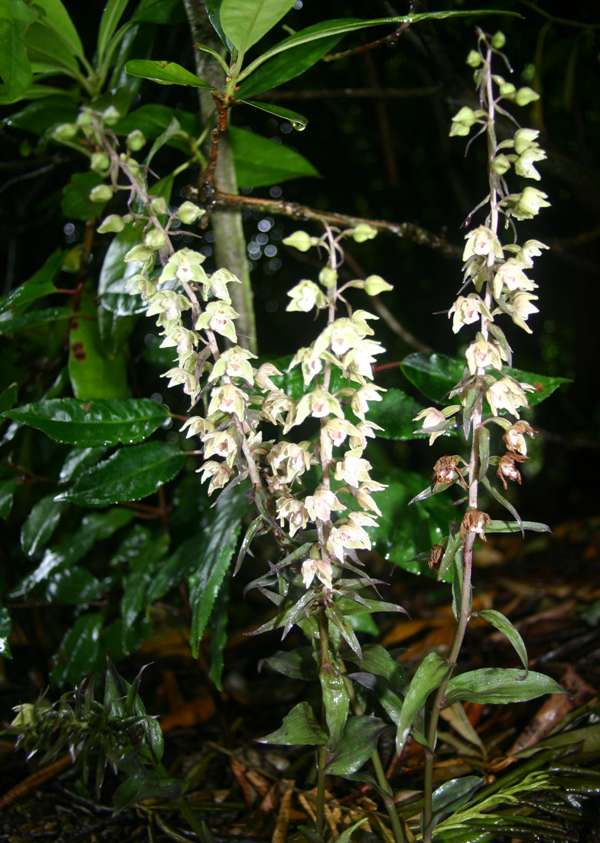
The second group took on the onerous task of finding and then clearing the Yellow Archangel, which is an evasive plant that has escaped from people s gardens.
The flowers of yellow archangel come into bloom just as the bluebells are fading, replacing the blue carpet of a spring woodland with a golden-yellow one. A plant of ancient woodlands and hedgerows, yellow archangel may well have got its common name from its virtue of not stinging, despite having leaves that resemble a stinging nettle. A widely planted garden variety of yellow archangel has the nickname of ‘aluminium archangel’ because of the silver streaks in its leaves. This variety has escaped into the wild in many places and is an invasive.
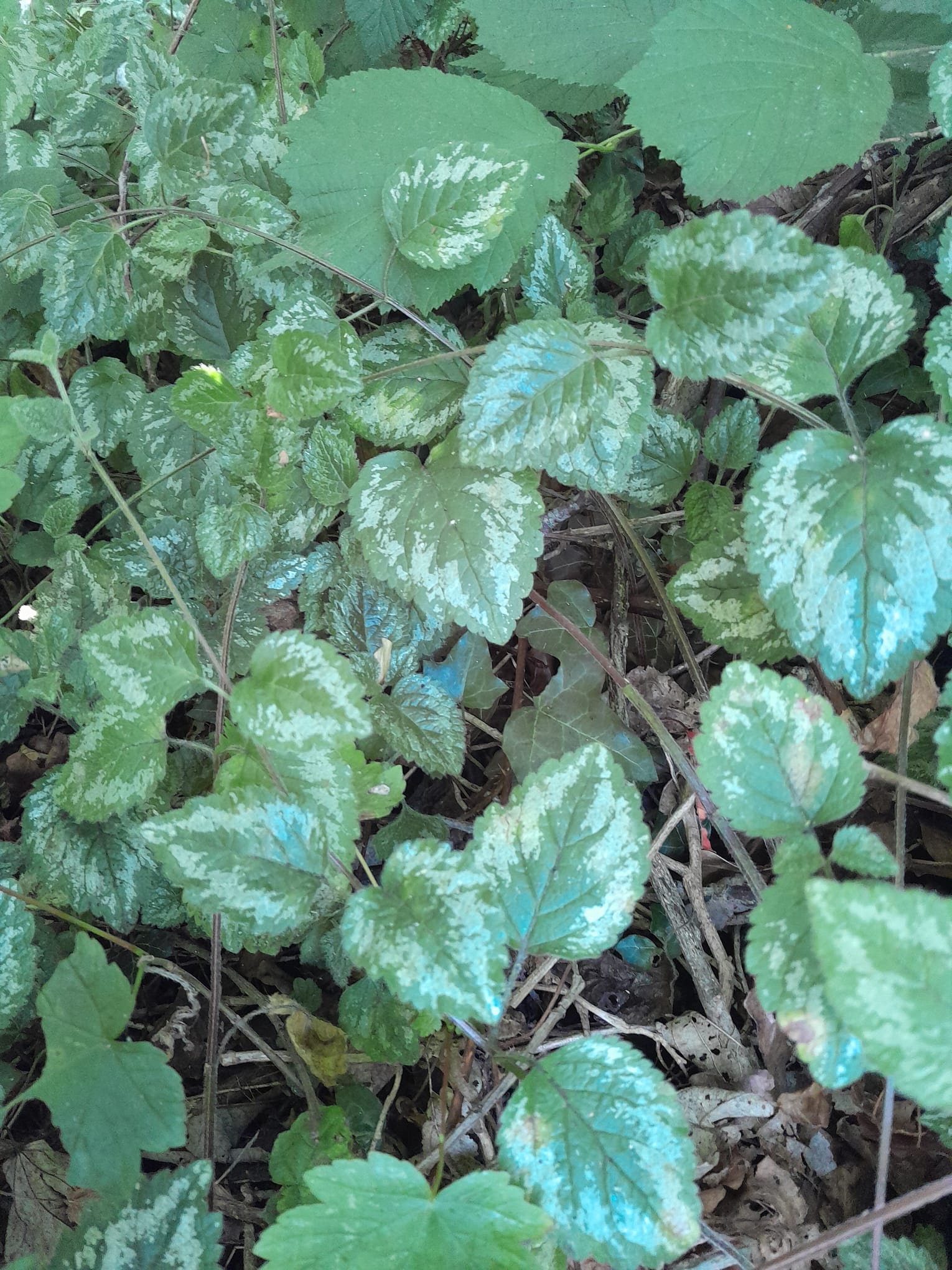
Although finding the plant didn’t prove to be too difficult, its removal certainly was as the ground was extremely dry after so many weeks with little or no rain, but the team still managed to remove four large bags full which was a great effort on such a hot morning.
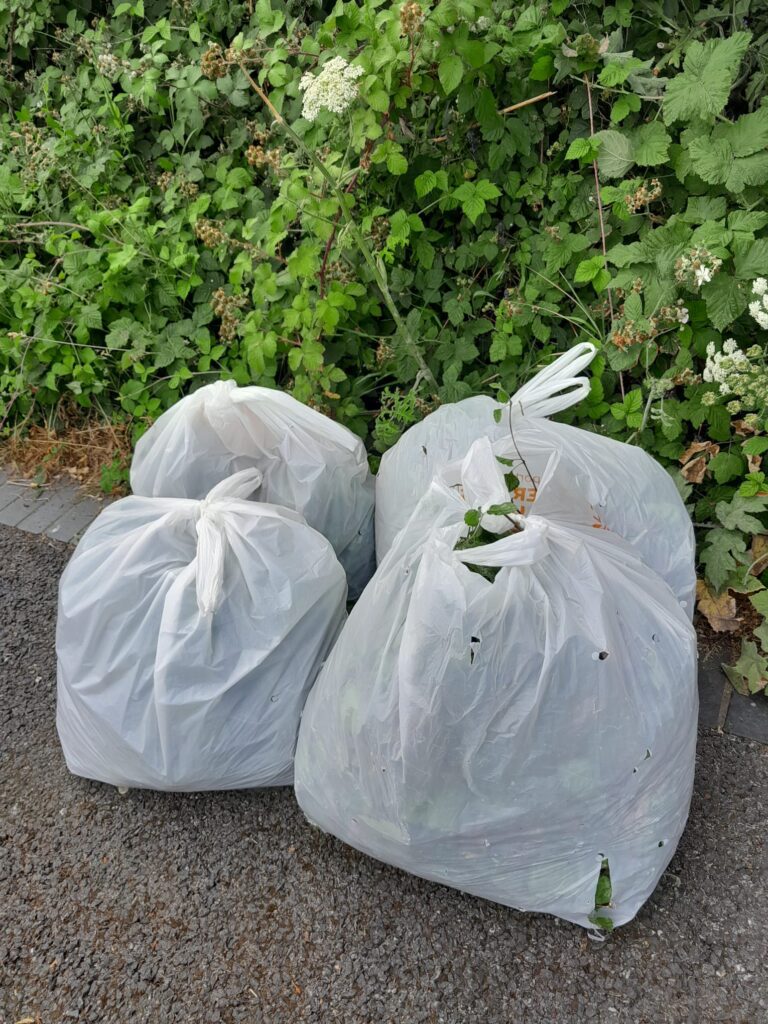
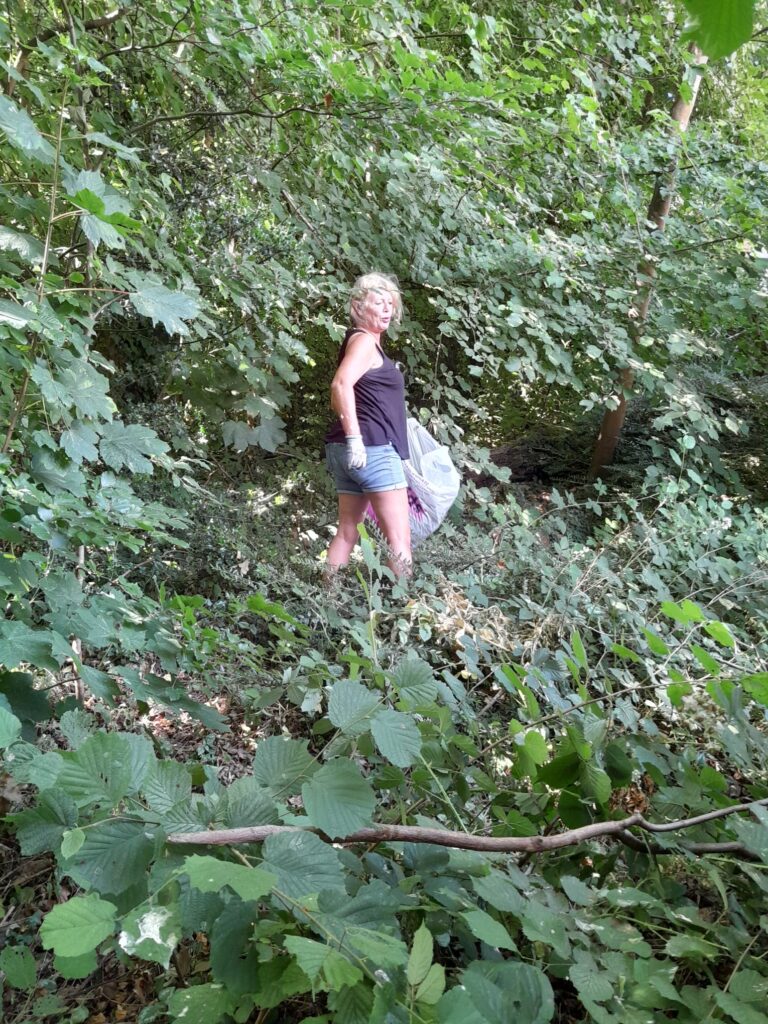
The third group led by Colin had three objectives;
- to break some down pallets left by the cafe for removal to the local tip.
- to tidy up the live hedge around the car park, which involved installing additional supports and then trimming in the hedge.
- to work on the dead hedge inside the woodland area, installing extra support stakes
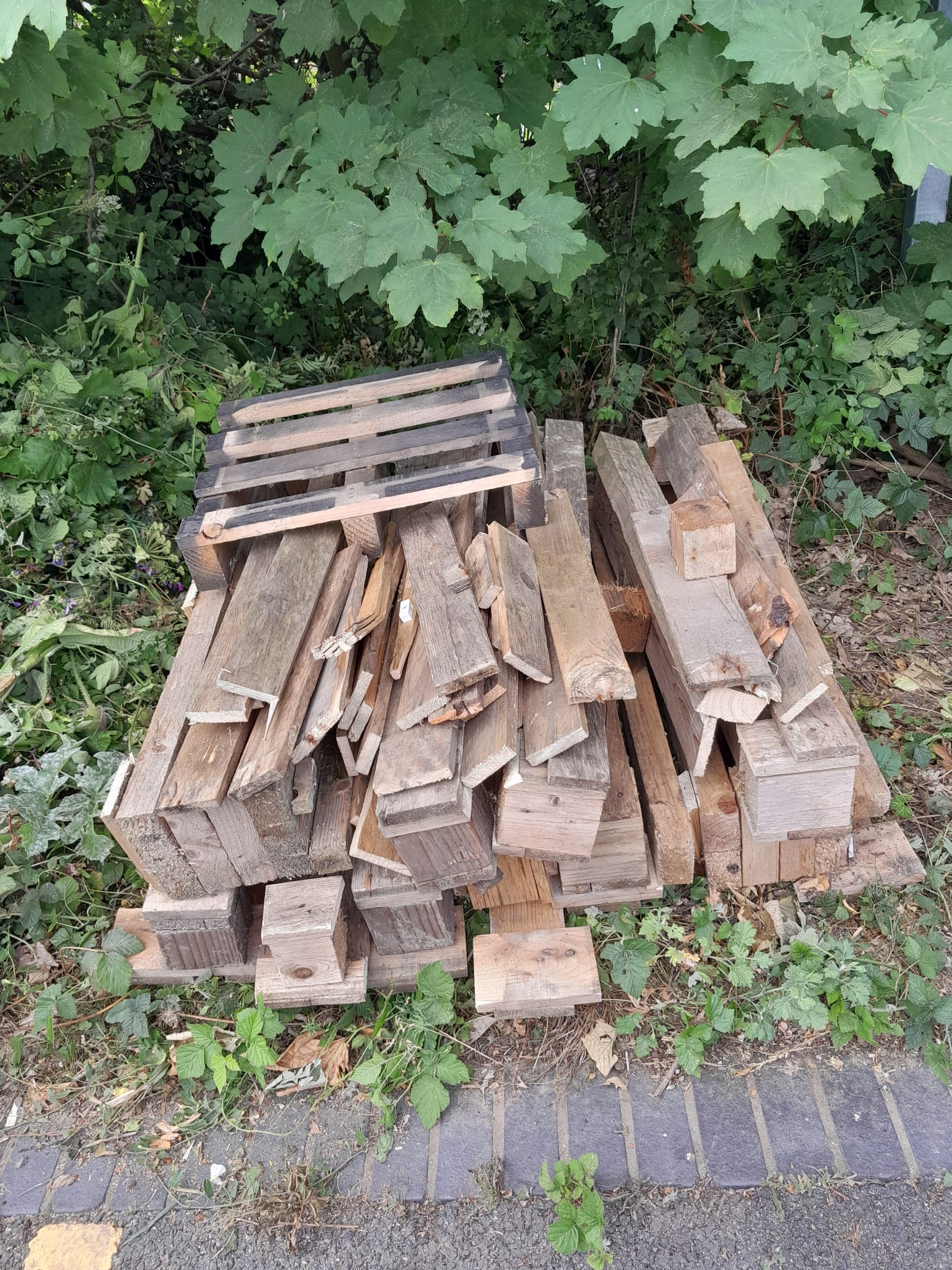
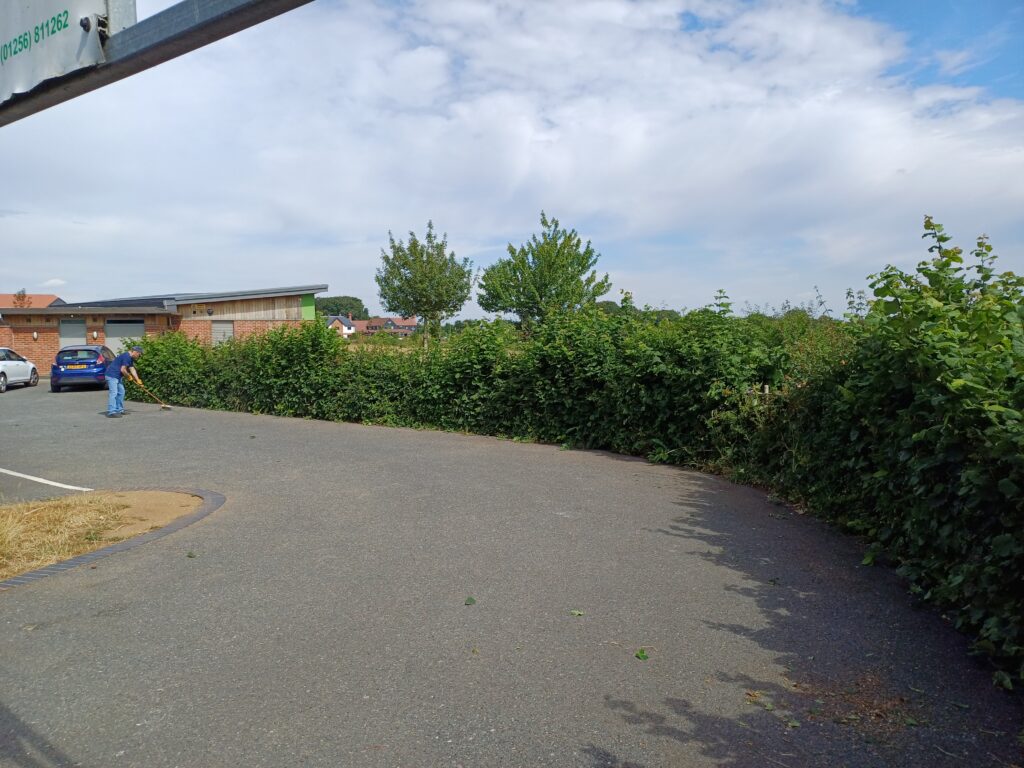
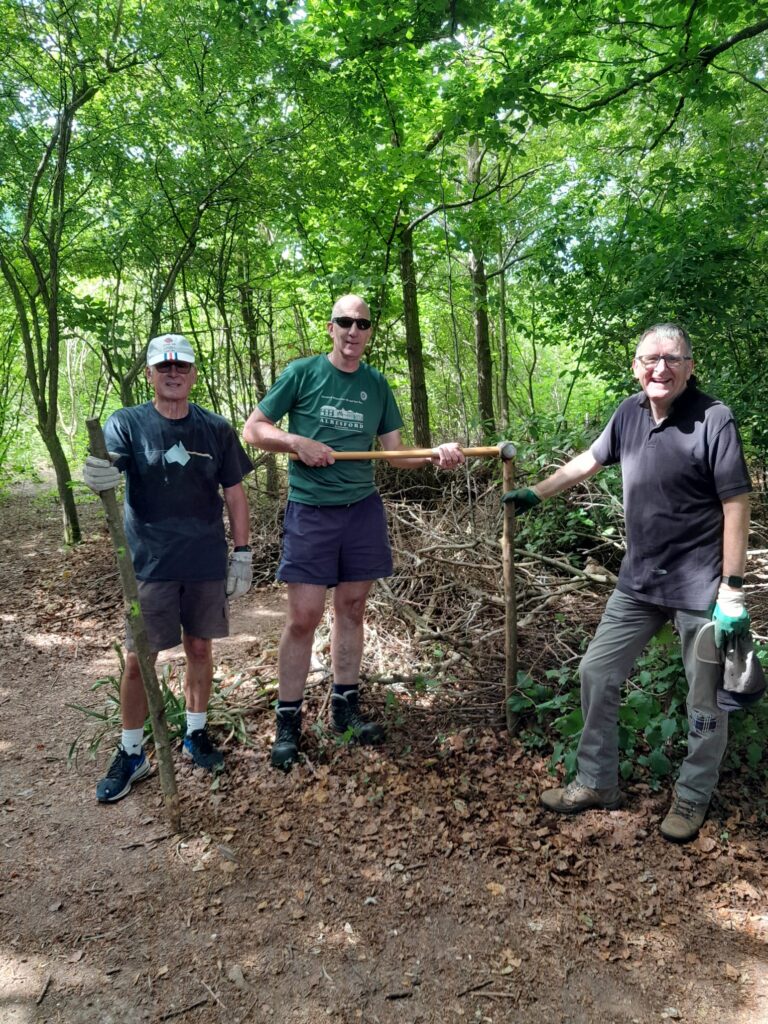
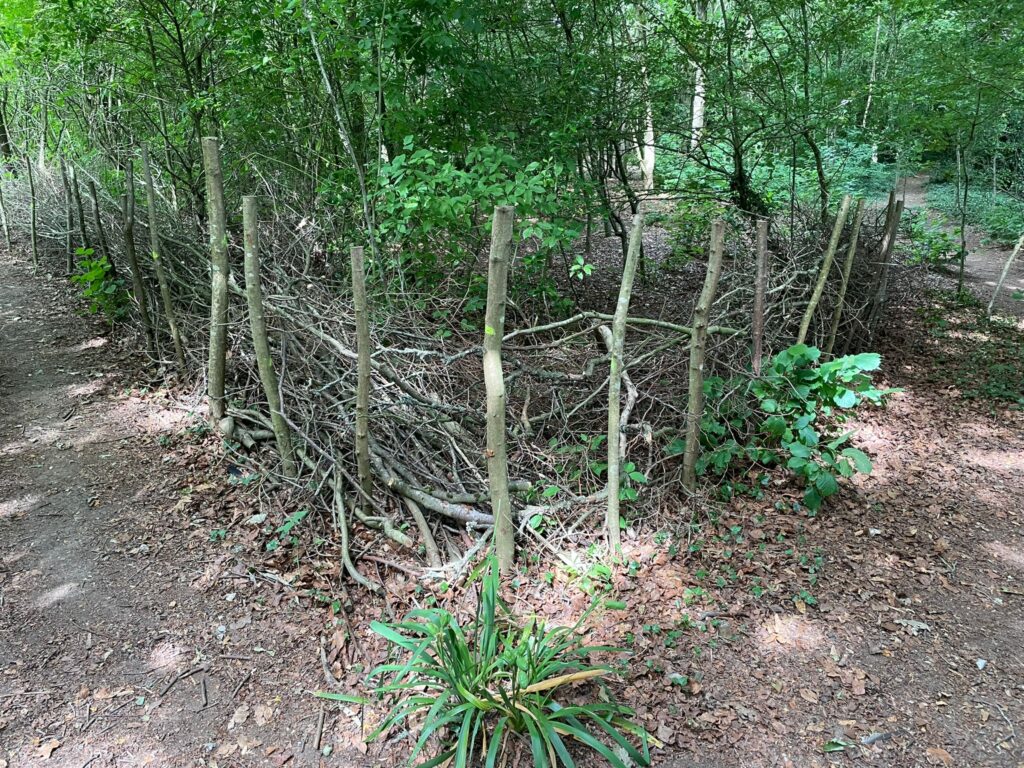
After a successful morning’s work, the group then made their way to the Holly Blue for a welcoming round of cold drinks provided free of charge as a thank you to the group for its conservation work in the park, as always this was much appreciated.



Leave a Reply